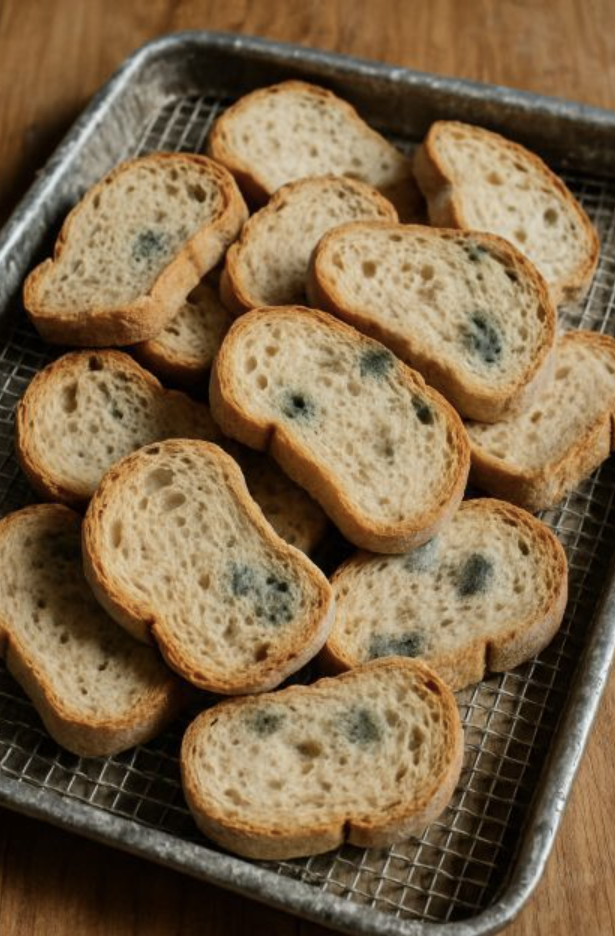We’ve all experienced it: that moment when you reach into the pantry, hoping for a fresh slice of bread, only to discover it’s gone stale. It can be disappointing to see food that no longer looks as appealing as it once did. However, before you even think about throwing it out, your mother-in-law might be there reminding you, “it’s wasteful not to use it.” This common household dilemma — whether to toss or repurpose stale bread — is something many of us face.
Is Your Stale Bread Still Good? Understanding What Stale Means
When bread goes stale, it simply means it has lost its moisture and become dry and hard. This natural process is called retrogradation. It happens when the starch molecules inside the bread change, causing them to push out water. This can occur just a few days after baking, especially if the bread isn’t stored properly.
It’s important to know that stale bread isn’t the same as moldy bread. While stale bread might not have the best texture, it’s generally still safe to eat. The key is to look for any signs of mold or spoilage. If it’s just dry and hard, you’re usually good to go!
Is It Safe to Eat Stale Bread? What to Look For
Good news! As long as there’s no mold present, stale bread is typically safe to eat. Mold can look like fuzzy green, black, or white spots. If you see mold, it’s a definite sign to throw the bread away, as mold can produce harmful substances called mycotoxins. But if your bread is simply dry and hard, you can still use it.
